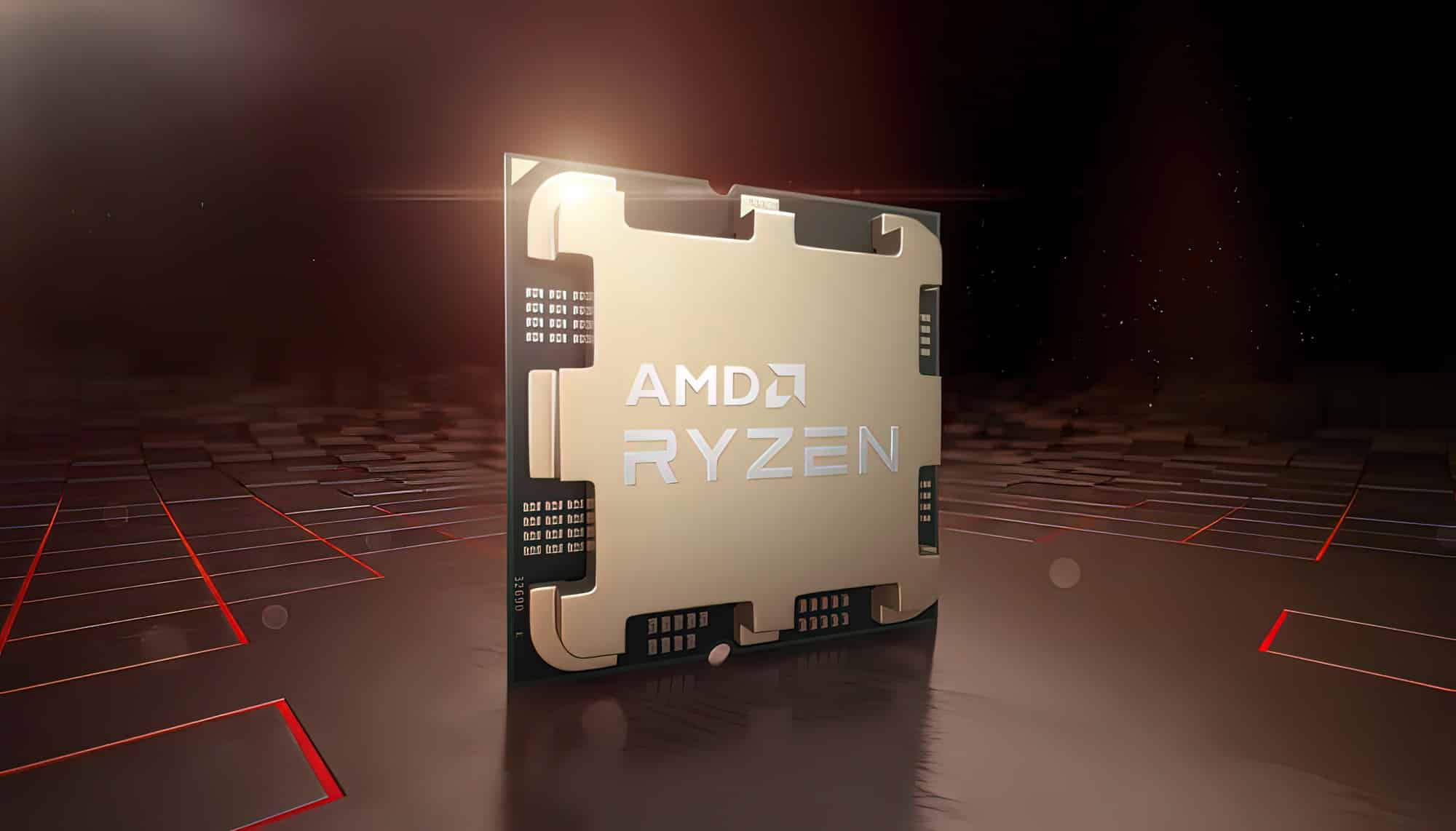
The entire specifications of AMD’s Zen 4-based Ryzen 7000 processors have leaked out. The 5nm chips will feature up to 16 cores with a single-boost clock of 5.7GHz and 80MB of cache, overall. The core counts have remained unchanged but the operating frequencies have been substantially increased. For example, the Ryzen 9 5950X has a base and (single-core) boost clock of 3.4GHz and 4.9GHz, respectively while the 7950X will top out at 5.7GHz.
| CPUs | Cores/Threads | BaseClock | SC Boost Clock | Cache | TDP | Price |
|---|---|---|---|---|---|---|
| AMD Ryzen 9 7950X | 16/32 | 4.5GHz | 5.7GHz | 80MB (64+16) | 170W | ~$700US |
| AMD Ryzen 9 7900X | 12/24 | 4.7GHz | 5.6GHz | 76MB (64+12) | 170W | ~$600US |
| AMD Ryzen 7 7700X | 8/16 | 4.5GHz | 5.4GHz | 40MB (32+8) | 105W | ~$300US |
| AMD Ryzen 5 7600X | 6/12 | 4.7GHz | 5.3GHz | 38MB (32+6) | 105W | ~$200US |
The L2 cache will be increased from 8MB (512KB per core) to 16MB (1MB per core) and the TDP to 170W (base) and 230W (PPT). In comparison, the Zen 3 flagship had a base TDP of 105W and a boost cap of 141W. Moving to the Ryzen 9 7900X, we’re looking at a base clock of 4.7GHz and a boost of 5.6GHz with the L2 cache being trimmed to 12MB along with six of the cores. The Ryzen 9 5900X, on the other hand, peaks at 4.8GHz. Like the 7950X, the 7900X also draws up to 230W under load.
Moving down the stack, we have the Ryzen 7 7700X and the Ryzen 5 7600X, both with a TDP of 105W and a boost power of 141W. The former clocks up to 5.4GHz and the latter to 5.3GHz on the fastest cores, up from 3.8GHz and 3.7GHz on the 5800X and 5600X, respectively. Like the higher-end SKUs, the L3 cache is unchanged but the L2 has been doubled to 8MB and 6MB.
